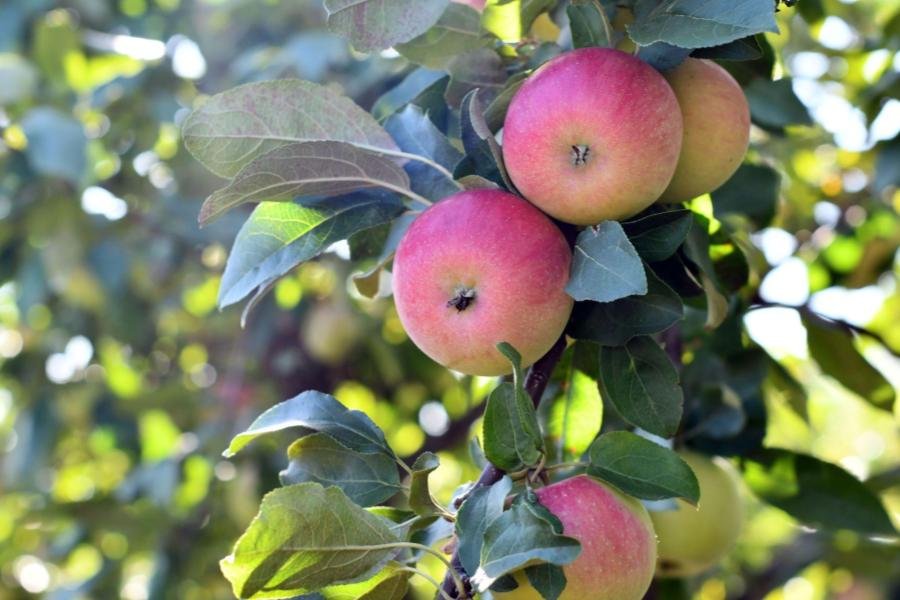Honeycrisp apples aren’t the same: What changed? Celebrated for its crisp texture and balanced sweetness, the Honeycrisp has become a favorite among consumers. However, many have noticed that its taste has diminished over time. As a grower, I can shed light on the history of this apple and the challenges that have led to its current state.
Scientists at the University of Minnesota created the Honeycrisp apple in the 1960s. They crossed the Keepsake apple with another variety called MN1627. Their goal was to make a crisp, sweet apple that could survive cold winters. In 1991, farmers started growing it for stores. Soon, people fell in love with its juicy crunch and perfect balance of sweet and tart.
Why Honeycrisp Apples Are Hard to Grow
Unlike other apples, Honeycrisp trees are difficult to grow. They often get diseases like black rot and fire blight, which can destroy the fruit. In addition, their thin skin makes them easy to bruise. Many apples also develop bitter pit, a condition that creates dark spots and affects their texture. Because of these challenges, farmers must take extra care, making them more expensive to grow than other apples.
Honeycrisp Apples Aren’t the Same: What Changed? High Demand Changed the Apple
As more people wanted Honeycrisp apples, farmers planted them in new regions. However, climate affects how apples taste. In hot areas like Washington State, Honeycrisp apples do not develop the same crunch or sweetness. Instead, they often turn out softer and less flavorful. Furthermore, some farmers now focus on growing more apples rather than maintaining quality. As a result, many Honeycrisp apples no longer taste as good as they once did.
Why Storage Affects Flavor

To keep Honeycrisp apples available year-round, stores place them in storage. However, this apple does not store well. Over time, it loses both its crisp texture and signature flavor. By the time people buy them, the apples may taste bland or feel mushy instead of crisp and juicy. Moreover, temperature changes and improper handling make the problem even worse.
The Future of Honeycrisp Apples
People still love Honeycrisp apples, but they may continue to notice changes. To protect their famous crunch and sweetness, farmers must grow them in the right climates and store them carefully. Otherwise, the apple’s quality will keep declining, and consumers may look for better alternatives.
Here’s something else of interest for you: -Choosing the sweetest watermelon is easy
Sources:

